[ad_1]
Gas electricity and renewable energy integration is a dynamic solution that holds great potential for Europe’s energy transition. As the continent strives to reduce its carbon emissions and shift towards cleaner energy sources, combining the benefits of gas electricity with renewable energy can offer a viable and sustainable solution.
Renewable energy sources, such as solar and wind, have gained significant traction in recent years due to their low environmental impact and abundant availability. However, their intermittent nature poses a challenge in terms of grid stability and energy balancing. Gas electricity, on the other hand, offers a reliable and flexible source of power that can serve as a complementary solution to handle the intermittency of renewables.
One of the key advantages of gas electricity is its ability to provide quick and responsive power to the grid. Unlike coal or nuclear power plants, gas-fired power plants can start and stop quickly, allowing them to compensate for fluctuations in renewable energy generation. This flexibility ensures a reliable electricity supply even when the sun is not shining or the wind is not blowing.
Furthermore, the utilization of gas electricity can help mitigate the intermittency issue by serving as a backup system. Excess renewable energy that is not consumed in real-time can be used to produce hydrogen or synthetic natural gas through a process called power-to-gas. This stored gas can then be utilized during periods of low renewable energy generation, effectively filling in the gaps and enhancing the overall stability and resilience of the energy system.
Moreover, gas electricity and renewable integration can result in a more efficient and cost-effective energy transition. Gas power plants have higher efficiency rates than traditional coal-fired plants, leading to lower emissions and reduced fuel consumption. When combined with renewable energy sources, the overall carbon footprint of the electricity generation can be significantly reduced, contributing to the decarbonization goals set by European countries.
In addition to the technical advantages, the integration of gas electricity and renewables also offers economic benefits. Europe has an extensive gas infrastructure in place, including pipelines and storage facilities. Utilizing this existing infrastructure for gas electricity integration would require fewer investments compared to building entirely new transmission lines for renewable energy transmission. Furthermore, this integration can provide new revenue streams and job opportunities in the gas sector, ensuring a smooth transition for industries heavily reliant on fossil fuels.
To fully realize the potential of gas electricity and renewable integration, supportive policies and regulatory frameworks are crucial. Incentivizing investments in gas-fired power plants with low emissions and efficient technologies can promote the transition towards a cleaner energy system. At the same time, policies that encourage the development of power-to-gas technologies and the utilization of hydrogen as a clean energy carrier are essential to unlock the full potential of gas electricity and renewable integration.
In conclusion, gas electricity and renewable integration present a dynamic solution for Europe’s energy transition. By effectively combining the reliability and flexibility of gas electricity with the clean and renewable nature of solar and wind, Europe can achieve a sustainable energy system that ensures grid stability, reduces carbon emissions, and paves the way for a greener future. With the right policies and investments in place, this integration has the potential to transform Europe’s energy landscape and contribute to global decarbonization efforts.
[ad_2]
